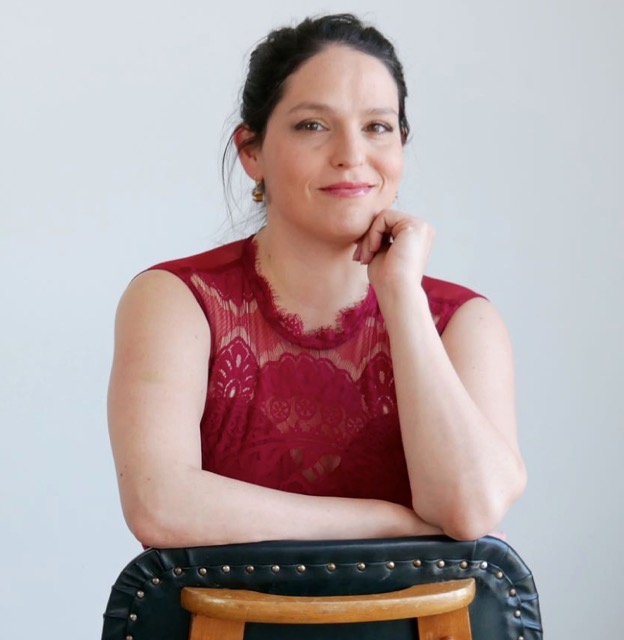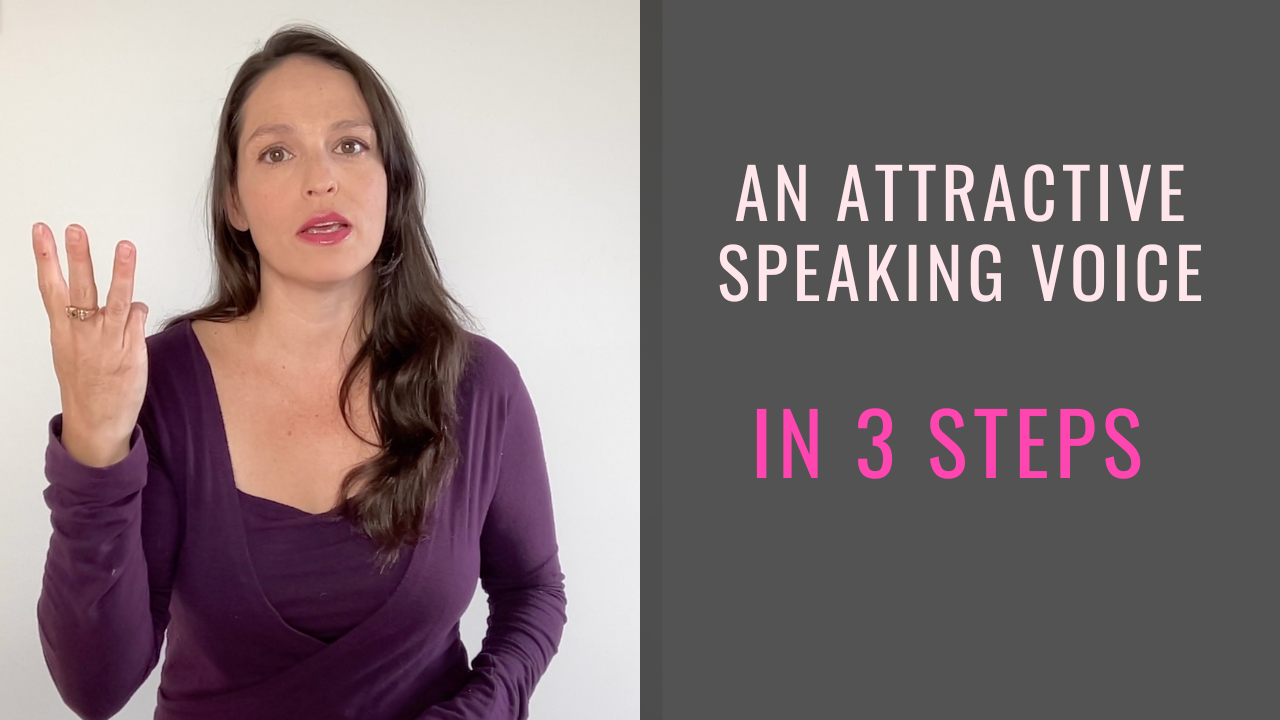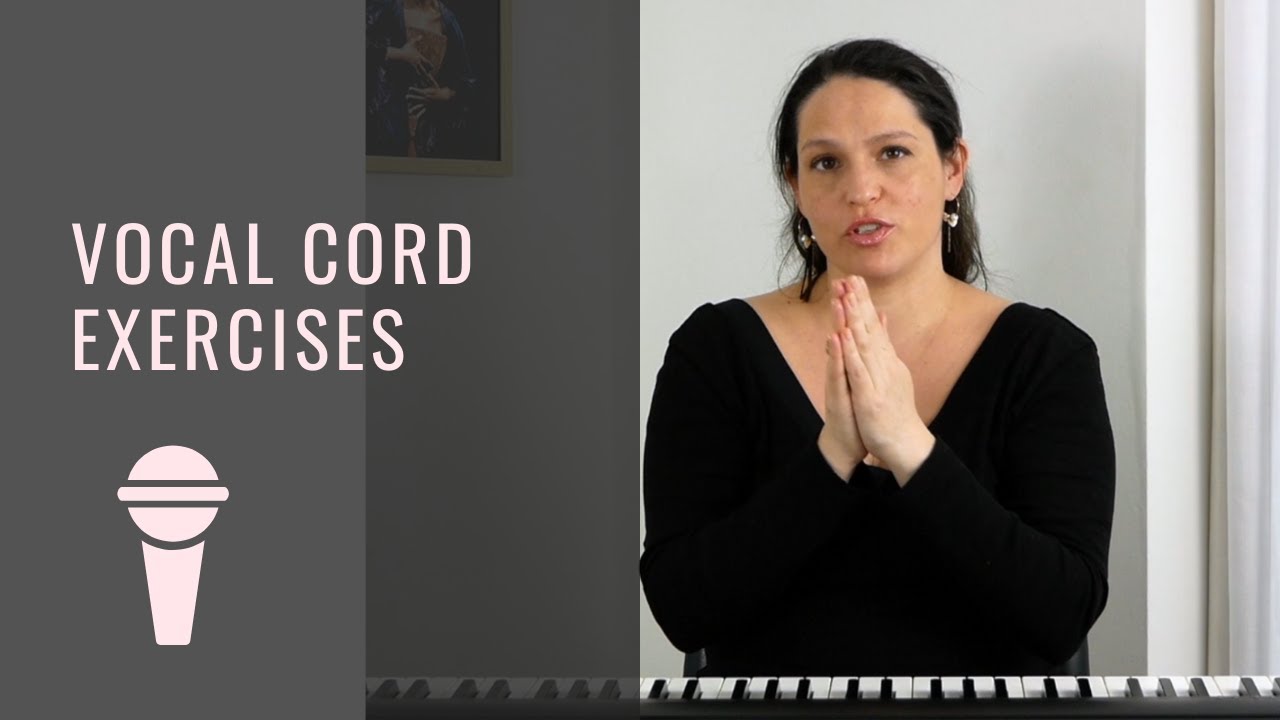How to sing louder without effort and without losing your voice? Join me in these vocal resonance exercises, on video.
These will help you to get a fuller, richer sound.
Vocal power without sounding aggressive
We all want to have “power” in our voice when we sing. Whatever that means. Usually we mean volume, we want to sing louder. Yet we don’t want to sound aggressive. We want a full sound, maybe even carry over an orchestra, and really impress everyone. So that they will gasp: what a voice!
You'll need to exercise, and to be specific: do vocal resonance exercises.
Here’s the deal. Most of us don’t know (initially) how to sing louder and more powerfully without loosing our voice after 10 minutes. I confess I was no different. I had to learn it. The good news is - I did! Now I can show you.
Where is our resonance?
The vocal instrument consists of multiple organs in our body. And there are resonances throughout it. We have spaces in the nasal cavities, pharynx, throat, lungs. Yes, also the mouth, but you’d be surprised how small of a roll this one plays. When we make sounds, there is potential for sound waves to move around In all of those spaces.
You hear some teacher talking about “voice placement”, like: place the sound in your mask. I don’t believe in this approach. I think the voice exists in the entire instrument. When the result is ideal, in my book, we will feel the sound in multiple places. And that what can give the sound volume and power.
Our speaking voice will give a fuller sound
You will see in the tutorial on this article that I am working with the speaking voice. When we use our natural speaking voice (unless there is some struggle with the speaking voice, in which case, you should check out the vocal cord tutorial) we close the vocal cords better and use less air in the voice. That will get the result of a fuller sound. If you think about it, the opposite of that will be a sound with a lot of air, and that’s less sound - the extreme version of which is whispering.
As we use our speaking voice on higher and higher notes, it will sound ever more weird and squeaky inside our heads. If the space of the instrument is open (we work on that in the below video tutorial as well) it won’t sound weird on the outside.
So don’t freak out! That squeaky voice has a professional name - the twang. I use it for multiple purposes, because it’s magical and essential for vocal control.
So, here we go. In the below video are all the exercises to increase volume.
Exercise 1. The hand trap
0:06 in the above video. We'll try to trap the sound and the air, so to speak, in between our hands. Lay one hand on the upper part of the chest - just under your collar bone. Put the other hand on the back of your head, just under your skull. Make the NG sound, as in the end of the word tongue. Feel the vibrations on both your hands. The more you concentrate on those hands, the more resonances you'll be able to get. We won't 'send' the sound out, and we're not making a big sound. Just think about the sound staying between the hands.
If you need even more resonance, visualize the sound going into your mouth towards the neck hand, and then travelling down to your chest hand. This is of course a mind trick, it's not physically what happens. But it's effective.
An important thing to realize here is that the air and the sound in our voice play a zero sum game. The more airy your voice is, the less sound, or less resonance, you get. When we whisper, we barely produce sound. If you want a louder sound, you want to "extract" air. So here we are imagining we use almost no air. Thinking of the trap helps with that.
Exercise 2. Speaky quality: yo yo yo
6:06 in the above video. You can keep your hands where they are in the trap position. They will help you. Say yo yo yo yo yo. Next say yo yo yo on the notes. Don't make a singing sound, make it ugly even. Hear (and feel) how that is louder?
As you go up, the sound might be weirder and weirder in your ears. The extreme version of the speaky voice is a squeaky voice. And we need that for the extra high and low notes. But don't worry about it, it's a tool to become louder and richer, eventually it won't sound squeaky or weird on the outside (and it probably already doesn't)
Exercise 3. Trill to vowel
9:42 in the above video. Do a lip trill part and then repeat the sequence with a vowel. (again, if you can't do lip trills, replace them with the NG sound. When doing the lip trills, concentrate on where you feel the vibrations, and how much air you are using. Use that feeling when you're also saying the vowel. You might feel vibrations anywhere the air goes when we breathe, that's great.
Exercise 4. Inhale on a vowel
14:16 in the above video. Another way to have more resonance is to make sure the spaces where the air goes are open. A really good way to do that is to feel where the air goes when you inhale. I like the exercise on a vowel, for example u. I create the u shape and breathe in with that shape of the mouth. When we sing on u, we visualize the sound going in the direction of where the air was.
This exercise turns on awareness of what is going on inside your body. That's new for some of us. If you need some time for this, take it. With time you'll be able to feel where all the parts of the respiratory system - which is your vocal instrument - are.
Exercise 5. Backward motion (pointing with thumb)
22:26 in the above video. In this exercise we'll combine what we worked on with the squeaky/speaky voice and the backwards motion. 'Thinking backward', whether you are speaking or singing, is very helpful. It makes you concentrate on the pharynx - which is your main resonance.
The gist: these 2 things
All the resonance exercises focus on opening up your spaces/resonances and then concentrating on those. You need both. It's not enough to just open the space and it's also not helpful to try and concentrate on the space, if it's not open.
speaking about vocal exercises...
What you get on this page is a tool. Having a tool is one thing, becoming a carpenter another. For systematic and lasting improvement you need a system and guidance. So...
Two extra tricks to get more resonance
There are two main things you should keep in mind while you are finding new dimensions in your voice:
- Feel your instrument.
You can and should learn the anatomy to know where the resonances of the voice reside. But to get the best results you should have a kinesthetic sensation of those resonances. If you follow the tutorial to the t, including all the physical tricks I give there - you will get more and more sense of your instrument. - Weird is good.
As I explain over and over again whenever I get the chance, the voice inside your head is not the same sound that other people hear. In other words: it’s not real. And the twang we talked about before - that sounds heinous in our own ears. So please don’t give it the wrong meaning. Instead, let it be a good sign, that your are discovering new functions, new resonances, new abilities, and suspend all judgement of the sound.
Where in my practice session should I work on my resonance?
I preach a 4 part practice structure for the best vocal progress:
- Bodywork
- Warm-up
- Vocal technique
- Sing-through
You can read more on the article: how to practice singing.
This tutorial counts as the technique part, so part 3. So you will need to warm up before you do this tutorial. You can do it as your part 3 or in addition to working on your song. And don’t forget part 4 - singing for fun, that’s also very important!
Can’t wait to hear from you on how you are developing your resonance, volume and vocal power. Let’s power through it!
Want to practice other aspects of your singing voice? Check out all the vocal exercises.
Take your desire to sing seriously: get tools to become a better singer in your inbox
Eye-openers, tips and stories. Also content that I don't publish on my website.

About the author
Linor Oren
I'm an opera singer and (online) voice teacher, based in Amsterdam. It took me more than a decade to overcome my share of mental and physical issues and reach a professional level as a singer. Because of this background, and my 10+ years of teaching experience, I believe I can speed up your learning curve as a singer.





